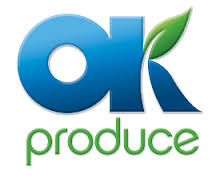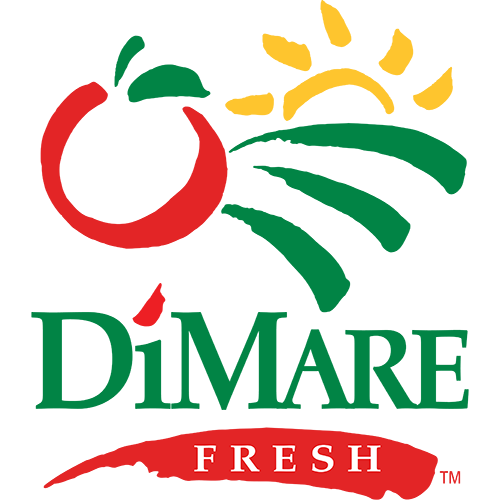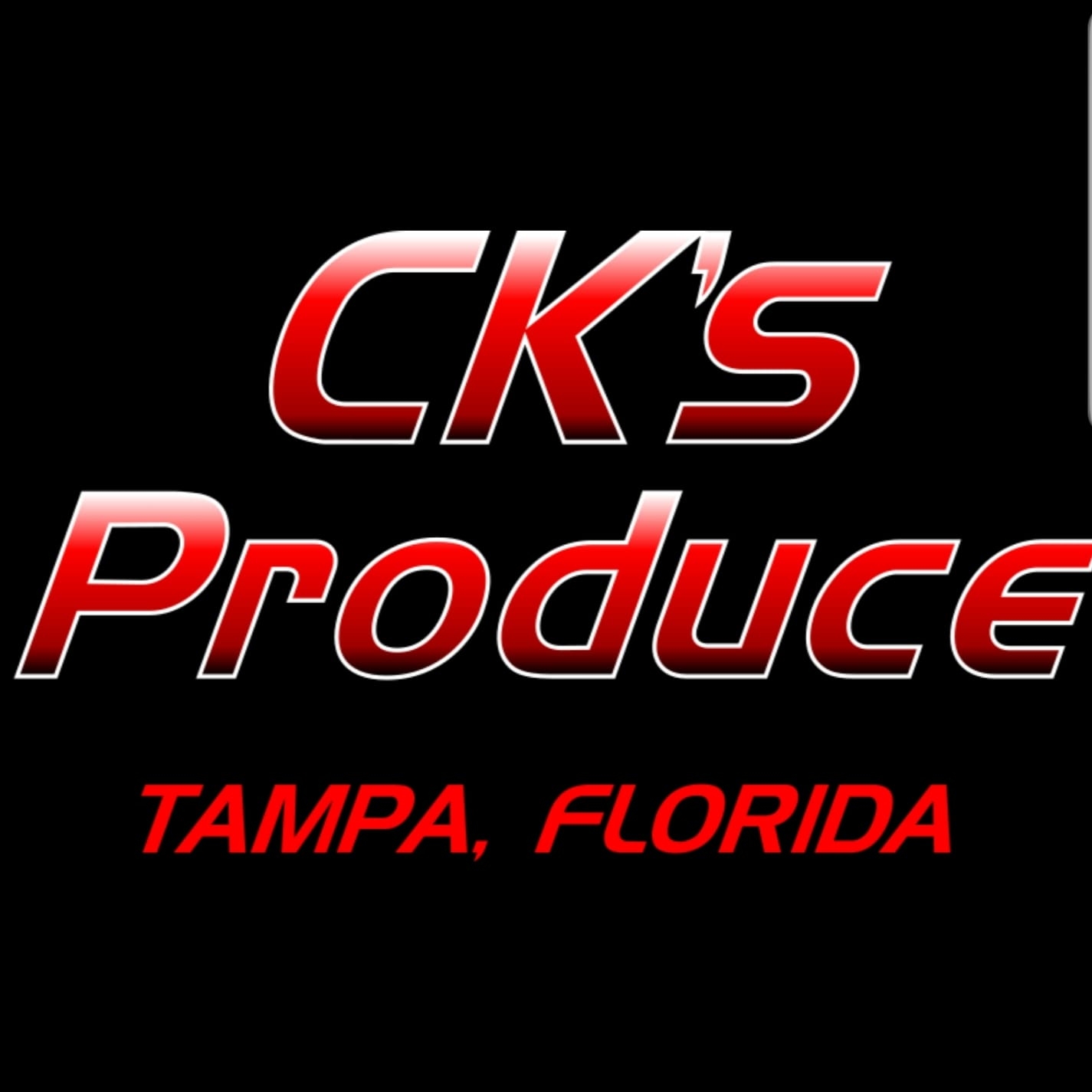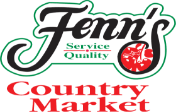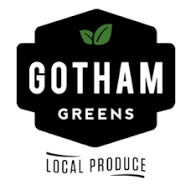NASHVILLE — Panelists at the Southeast Produce Council’s Southern Innovations event gave several examples Sept. 13 of ways retailers can help educate consumers about organic and grow organic produce sales.
Anne-Marie Roerink, principal at 210 Analytics and one of the moderators of the panel, made an impression with videos of people from different walks of life talking about their understanding of organic produce and why they buy it or why they don’t buy it.
The videos revealed a lack of understanding about organic — most believed it to mean food grown without any pesticides.
Jeff Huckaby, president of Bakersfield, Calif.-based Grimmway Farms, explained that his company focuses on getting education about organics to consumers through retail partners.
“We feel like there’s a benefit to make sure that we’re educating the retailer, and not just the buyer but actually the in-store produce manager, so we spend a lot of time getting the retailers to send their produce managers out so that they can actually walk the farm with us, cut the lettuce, cut the broccoli, dig carrots, and then we try to educate them so they understand what the difference is between conventional, organic, and so that they can go back and when the shoppers are going through the aisle and they’re looking at the produce, they have firsthand knowledge as to maybe exactly what we’re doing,” Huckaby said, “so we look at the produce manager as helping us from a merchandising standpoint ... ”
Matt Landi, general manager of Santa Cruz, Calif.-based Awe Sum Organics, noted that conversation with knowledgeable store-level employees will be especially appreciated by core organic buyers.
“I think it’s important to remember this is the consumer that is most interested in the farming practice side,” Landi said. “It’s a more holistic view of organics versus just the personal health ... These folks are really ripe for that. So that’s the dialogue that they want to be having.”
Getting shoppers to buy more organic produce is a lucrative proposition.
“When somebody buys organic produce with regularity, their total store spend is almost one and a half times more, so this is a very valuable customer that really all retailers are fighting for, which is exactly why so many different retail formats are starting to introduce organic produce,” Roerink said.
Dave Lessard, vice president of fresh for Giant/Martin’s, noted that his company has created organic sections in its produce departments but also offers certain organic and conventional items side-by-side to present the option to shoppers who aren’t actively seeking out organic produce.
Some retailers offer certain products only in organic as a way to introduce people to the category, but Lessard noted that kind of strategy has to be employed strategically.
“These are tough decisions we make every day, SKU rationalization, optimization, whatever you want to call it, those are the things that the category managers are challenged with today,” Lessard said, noting that factors include quality, availability, supply, cost, shrink, display space, sales, customer demand and the competitive landscape. “You’ve got to be very, very careful that you’re offering value as well as organic to those customers.”
Related
Produce retail execs talk shrink solutions for organic
Organic price premiums sliding, Rabobank report says



